|
Time is flying by and we are almost at the end of the TRIP journey! Throughout the past few weeks, we established our independent project, performed 5 repetitions, and finally analyzed data and made our final presentations. We have come a long way, thanks to the help of my peers, TAs, and teachers, and I am beyond excited to present my findings in the symposium!
I used the microbiome assay to quantify the amount of gut bacteria in the flies for each condition just to see if the drugs are effective; the results confirmed the effectiveness of antibiotics and yogurt with probiotics. Then, using the open field test, I measured the levels of anxiety in flies for each condition. Each fly is put in a small petri dish, and throughout a 2-minute period, the longer they stay out of the center circle, the more anxious they are. The results directly answered the question: for the condition with both antibiotics and yogurt treating inflammation, the flies spent an average of almost 4 times the amount of time in the center than the ones receiving no treatment, proving that antibiotics and yogurt together can relieve anxiety during intestinal inflammation, and they work even better than when they are used individually! This verified the common belief of having probiotics as a supplement for antibiotics and their effects will double up instead of cancel out. So now, feel free to drink a bottle of yogurt after taking your antibiotics for treatment! Through the 10 days together, I have established a close bond with my TRIP peers and teachers, helping one another when someone is facing a difficult situation not only in the lab, but in daily life too. Aside from learning to perform things individually, I also learned to share my ideas with others and collaborate to work towards a better result. Giving each other advice is extremely helpful to me, from finding relationships between my variety of ideas to changing the format of my presentation. I also liked every part of the program because it gives me such a complete research experience, where I can learn the basic techniques, raise a research question, design the procedures, make a presentation, and present all of my findings; these are things I can never gain in a school course. The only downside is how short the program is - I wish we can have more weeks to dive in on our projects! Regardless, this was an amazing adventure, and I truly enjoyed and appreciated this “TRIP” together!!
0 Comments
After analyzing my data and creating graphs, I came to the conclusion that my experiment was beneficial in providing me with the data needed to prove how eczema medications increase stress and anxiety when taken. With the final symposium near, it is sad to say that this TRIP is coming to an end, and I am very glad to have met such wonderful people, including both TA’s, Nadija and Drew, as well as Dr. Purdy, Dr. Leystra, and my other like-minded peers.
Well. These blogs weren’t kidding when they said the time would go fast. Ten days seemed like a lot when we first got started, but now we’re already finished. It feels like we just walked into the lab yesterday! Let me catch you up real quick. These past few weeks, I’ve been exploring a rising form of treatment for bacterial and autoimmune diseases: poop transplants. I know, I know, it sounds disgusting, but trust me, the bacteria in your poop has a lot of medical potential! And I highly recommend holding a vial of fly poop up to the light. For my project, I’ve compared a poop transplant’s efficacy to that of the traditional steroid treatment in treating inflammatory bowel disease. And after weeks of research and data analysis, and an insane amount of fly vials? I didn’t find as much as I’d hoped-- neither the transplant nor the steroids significantly healed the sick flies. Biology is tricky! It’s possible that I wasn’t successful in inducing the disease in the first place, or maybe flies react differently than humans to these treatments. It’ll take more testing to find out (a very common phrase in science, I’ve learned). I may not be walking away from this program with clear answers to the questions I started out with, but that’s okay. I’ve gained a bigger appreciation of all the work that goes into discovering new treatments, and the past work that went into the medicines we use every day. I’ve also learned an incredible amount of lab skills and scientific presentation skills; these are things I never would have learned in high school (seriously, when have you ever heard the word “ameliorate” in normal conversation?) And beyond the science, I got to meet some awesome new friends and mentors that I hope I’ll be seeing again soon. After months of quarantine, this has truly been amazing. I heard about TRIP by random chance; all I did was hear someone, a person that I barely knew at the time, mention it in a zoom meeting. The incredible chain of events that followed led me to this moment, preparing for my final Symposium, where I’ll share all the research I’ve done with this network of TRIP teachers, students, and alumni-- including that first guy I heard about it from, now a good friend. I’m grateful and proud to have made it this far, to be a part of this program and community. I’m ready for this final presentation; it may be the end of this TRIP, but the next one is just beginning.
It’s wild to think that five weeks ago I had absolutely zero experience with fruit flies. Now, I’ve sorted so many flies that I could probably do it in my sleep. The larvae, on the other hand, were slightly more problematic. When I decided to do the larval memory assay, I was not expecting for it to take so much time! On day one of our independent projects, I ended up staying about an hour and a half after the TRIP session was over, and that was with the help of the TAs. This was a result of me wanting to have all my other required tasks done and ready before starting the memory assay, which required moving the larvae from plate to plate many times and leaving them on for five minutes each. This meant spending 35 minutes per condition (if done at absolute maximum efficiency with no time accounting for the process of moving the larvae), and I had five conditions. Needless to say, I was overwhelmed at first, and felt as if there was no way I would ever be able to get done on time. However, I soon realized that the five minutes the larvae were incubating was time that I could use if I planned my day more effectively. On day three I was actually able to finish on time by starting my assay first and simultaneously doing every other task on my checklist (including sorting flies)! It wasn’t easy, but I finally found a method that worked for me. Now that I’ve completed all 5 repetitions, I’m very surprised by the results. I certainly wasn’t expecting all my conditions with vape flavors to have an increased percent of larvae with memory retention compared to the control! Of course, many more experiments must be completed before solid conclusions can be made, so don’t go running off to buy vape juice right away to help your memory. It’s also not without drawbacks, since I counted the number of pupae before doing the assay for developmental data, and all the conditions with the vape flavors had a lower number of pupae.
I learned how to turn a question born out of curiosity into a well developed experiment, and got to experience the joys and drawbacks of the scientific method firsthand. After taking Advanced Chemistry this year and not having a single live lab due to the pandemic, it was exciting to be in the laboratory. I found out that lab work is pretty fun as long as you don’t have to move around tiny little fruit flies with a paintbrush. I enjoyed the chemistry aspects a lot more. This realization will be helpful when I start college next year and work in a research lab again.
The program went by very fast and not at all as expected. I wasn’t able to collect all the data that I aspired to. One of my assays didn’t work because the flies died. I wasn’t able to do another assay I had hoped to do because I didn’t have enough time. However, I was able to collect the main data that I aimed to. This taught me that biological research is difficult and unpredictable at times. Since I plan to become a researcher, it is good to learn this earlier in my career than later. Even though it’s only been five short weeks, it is truly amazing how much I’ve learned throughout my time in the lab. Each and every one of my peers has come so far and it has been great to grow together. We’ve learned everything from learning about the life cycle of flies, to how to create drug stocks in the lab, to performing different assays based on what we would like to discover.
I decided to test the effects of artificial sweeteners such as Splenda and Stevia on the fertility and gut microbiome of the flies. I have to say, I enjoyed performing the female fertility assay slightly more than the microbiome assay… To test fertility, I set up collection cages with grape plates and yeast paste, which encouraged the females to lay embryos on the plates. I then counted the number of embryos laid, and after a few days, I counted how many embryos had hatched. The microbiome assay was definitely more tedious – there was plenty of waiting around and careful steps that had to be followed, and I will admit that I missed a few steps the first few times I performed the experiment. In the end, I didn’t find any drastically different results – from what I found, artificial sweeteners actually increased fertility, contrary to my original hypothesis. In addition, my results for the microbiome assay varied quite a bit from trial to trial, which I concluded means that there was not a big impact on the microbiome. At first, I was a little disappointed with these findings since I was hoping for a clear idea of what the effects of artificial sweeteners were, and I felt like I had performed an experiment that was insignificant. However, Dr. Leystra reminded me that just because my results did not necessarily show a clear trend, that did not mean they weren’t significant – in fact, isn’t it good that there don’t seem to be any adverse effects from the foods we’re eating? I think the most important takeaways I’ve learned from TRIP are how to pay attention to detail to try to avoid mistakes, but also how to problem solve when a mistake inevitably occurs. I used to fear that my whole experiment would be rendered useless if I made a small error, but I realized there were ways to still obtain results without being 100% perfect (even though we should all strive to be as perfect as possible). TRIP was an amazing opportunity for me to gain experience in a lab/research setting, and I can’t wait to apply what I’ve learned here to any future opportunities I have relating to the STEM field!
My time in the TRIP program has flown by. I met and got to know talented scientists. I made friends with like-minded peers. I discovered a ton about working in a laboratory, about how science works, about how scientists think, and about myself! During the program, I not only learned about the logistics of how to make solutions, create drug stocks, and conduct assays, but also how to think insightfully about critical questions and how to collaborate with colleagues. While working on my project, I realized that working in a lab comes along with many challenges and that these challenges are often the catalysts of discovery. The TRIP initiative program has absolutely given me a new perspective! For my independent project, I chose to investigate the influence of diet and exercise on fruit fly behavior. Compliance with a healthy diet and maintenance of a consistent exercise regimen is a life-long challenge for many. I wanted to investigate if diet and exercise provided positive or additive benefits to fruit fly energy level. To accomplish this task, I set up 6 different vials of flies exposed to different diets (Normal Fly Food, Healthy Fly Food, and Unhealthy Fly Food). Two sets of fly vials received each diet. One of each of the two vials was also exposed to exercise, while the other one was not. How in the world does one exercise a fly!? Well, since flies have a natural tendency to climb against gravity, I was able to harness this instinct and have the flies climb constantly by continuously knocking them to the bottom of a vial using a novel customized experimental apparatus that I designed. After quite a bit of trial and error, I created a contraption out of a food mixer, speed control modulator, and a bingo ball cage. A video of this “fruit fly” is below. The flies were exercised daily for 30 minutes. As I write this, I am actively collecting data and am very excited to analyze the results of my experiments. During the program, I not only learned about the logistics of how to make solutions, create drug stocks, and conduct assays, but also how to think insightfully about critical questions and how to collaborate with colleagues. I greatly enjoyed my time in the TRIP program, as I was able to learn so many new things and meet fantastic people. I am especially appreciative of all that I learned from Dr. Leystra, Dr. Purdy, and the TAs-- who are kind, patient, and engaging teachers. The TRIP scientists helped me and other students not only get through roadblocks we encountered during our independent projects, but also understand the scientific process and the challenges that scientists often face. The experience has taught me that although science does not always go as planned, it is thrilling and stimulating. Thank you TRIP for opening a window into a world that will absolutely help shape my future career goals!
While I had experienced a somewhat slow immersion into the program (due to being slow to work). Which resulted in a certain strain with in the program to catch up with the rest of my peers, I fortunately was able to adapt to the lab work and experimentation along with everyone else, while mastering all the necessary skills required for the lab work. I also acquired additional skills that would prove useful in the future that I had not indicated would be necessary. Throughout the program I had learned how to differentiate male and female fruit flies from each other, how to sedate them with ice and CO2, as well as learning how to find percentages of different amounts of liquids. Though by far the hardest and most stressful thing to learn in the lab was learning how to transport flies from different vials without sedating them, which required good timing and concentration to avoid losing flies. Thankfully as I continued with that process it became mundane and a lot less stressful. My TRIP experience was amazing. Everyone was patient and accepting. I got all the help I needed when I asked, and was happy to help when I was needed. My project was about simulating the conditions of staying at home on fruit flies to see the effects. I did this project because it is very topical and even applies to me. From the project I learned that being isolated for long periods with a high sugar diet is very damaging physically and mentally. Overall I loved doing my project, but it sure did take a long time to set up! When TRIP started, I was excited to do my own research project, but I had a few lingering fears. Would I be too terrified of the flies to actually work with them? Would I know what to do? Would I even like being in the lab? I discovered early on that fruit flies aren’t that scary, especially when they’re knocked out but my other questions, however, had slightly more complicated answers. For my independent project, I decided to study if ginger and short-term cold exposure could reduce pain in injured fruit flies. I would injure some flies, drug some with ginger, and expose some to cold immediately before running assays. I decided on the Negative Geotaxis assay to determine how well my flies were feeling overall and the Pain Sensitivity assay to measure how pain-sensitive my flies were.
|
Archives
April 2024
Categories
All
|


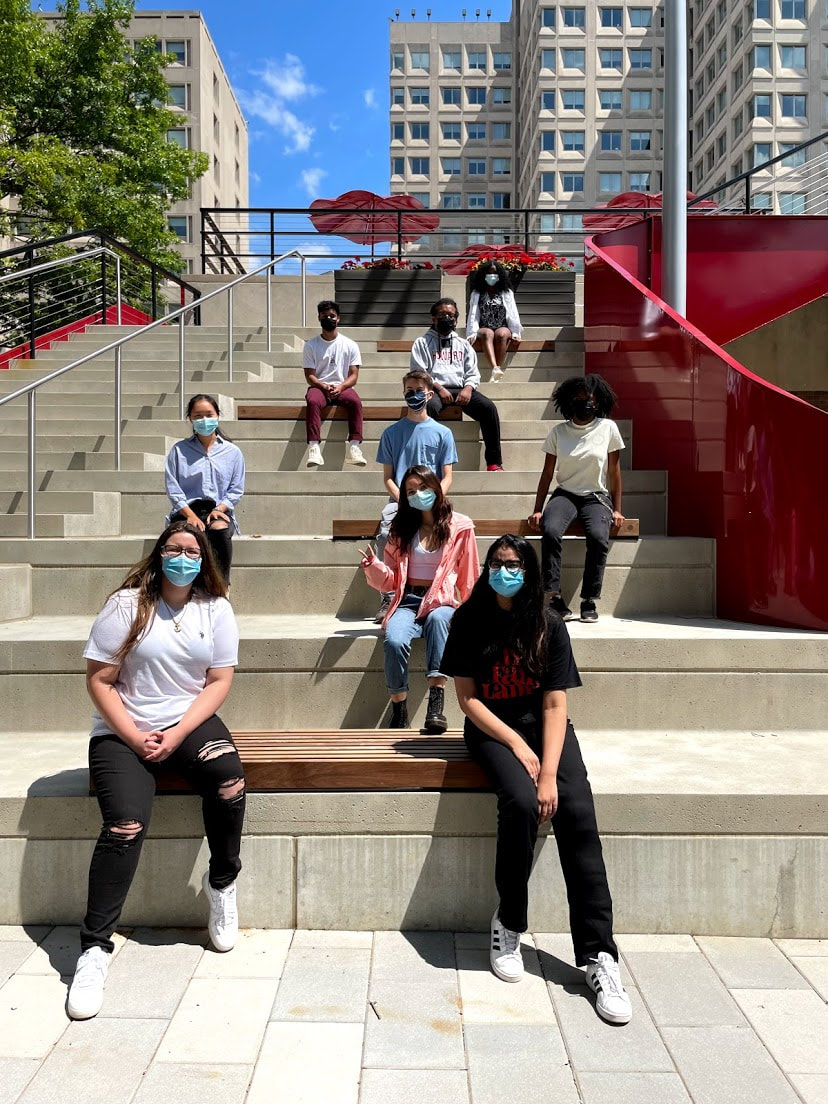

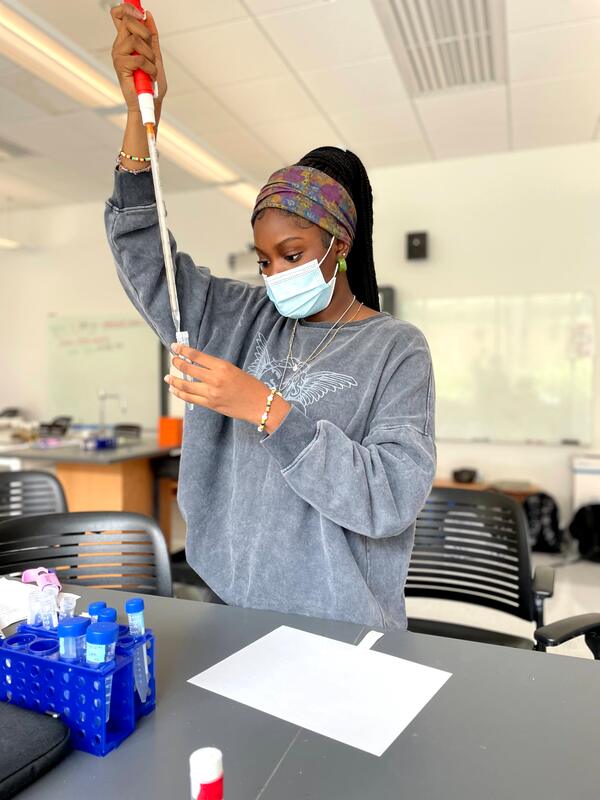
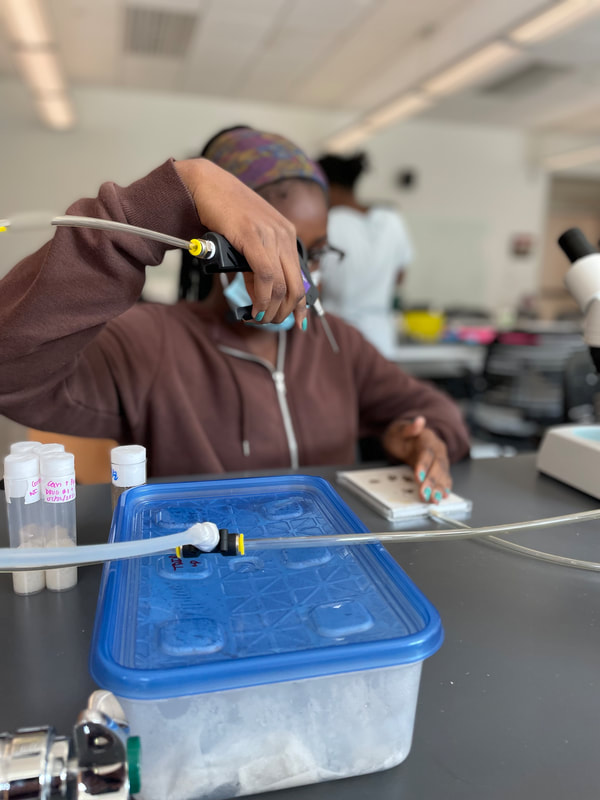
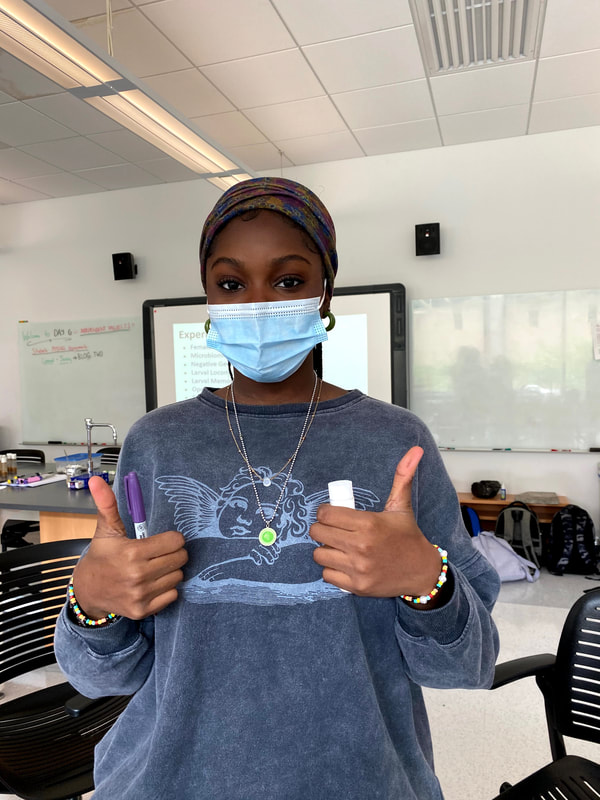
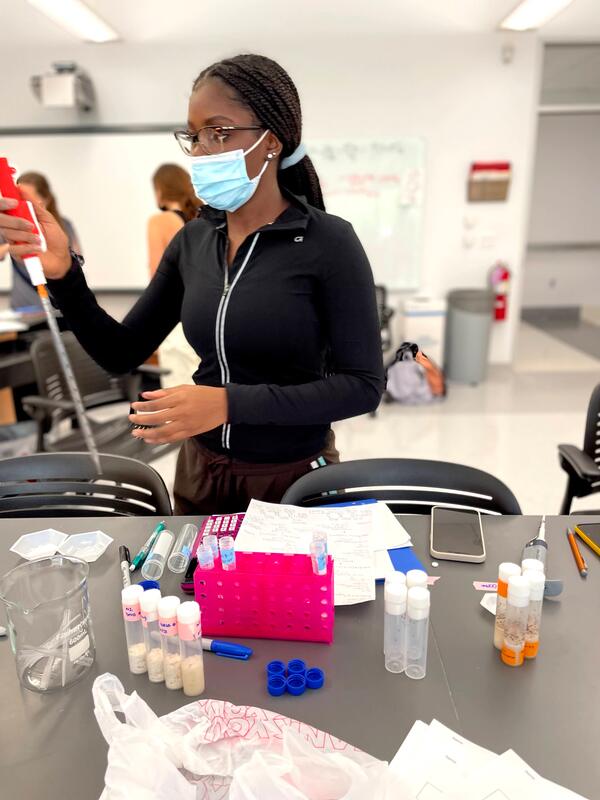

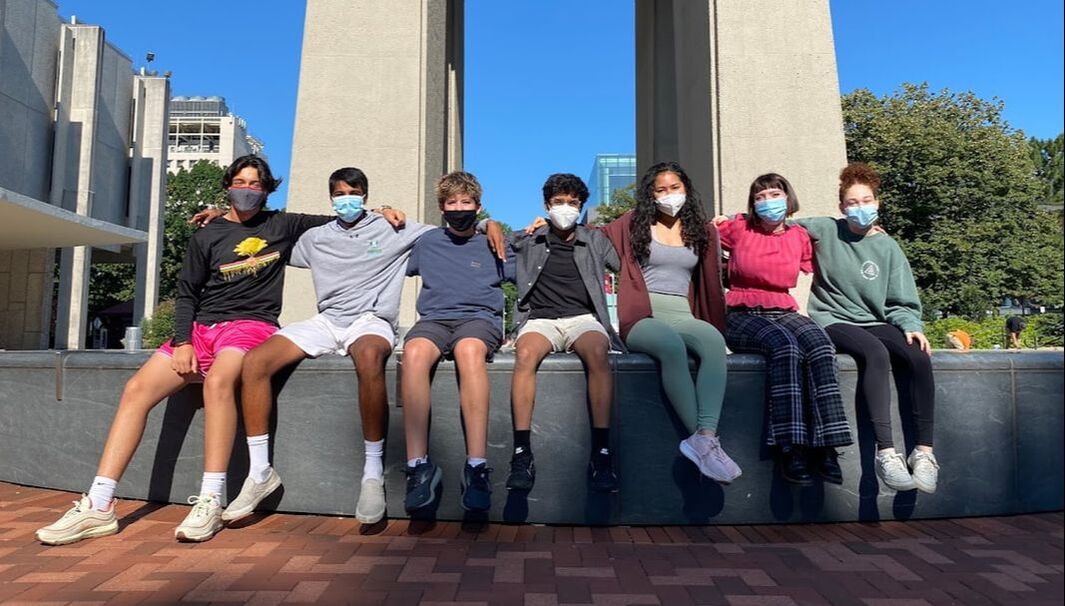
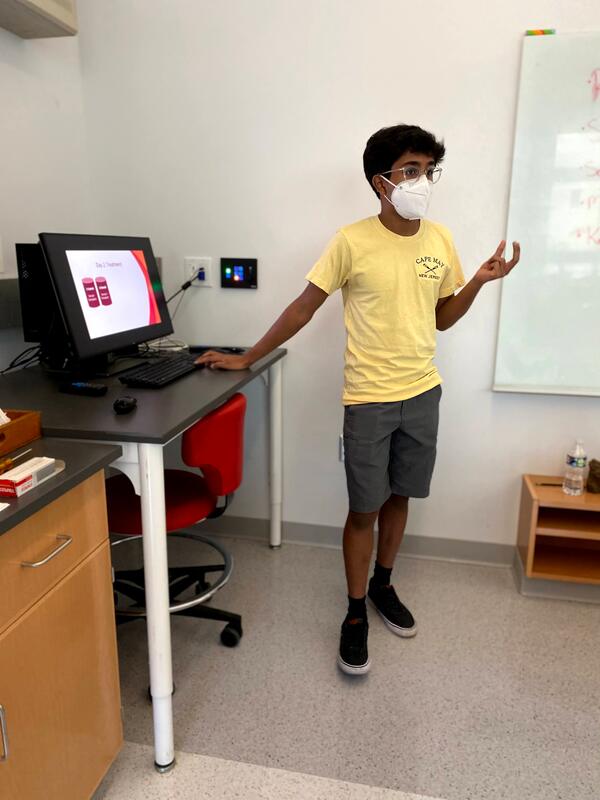
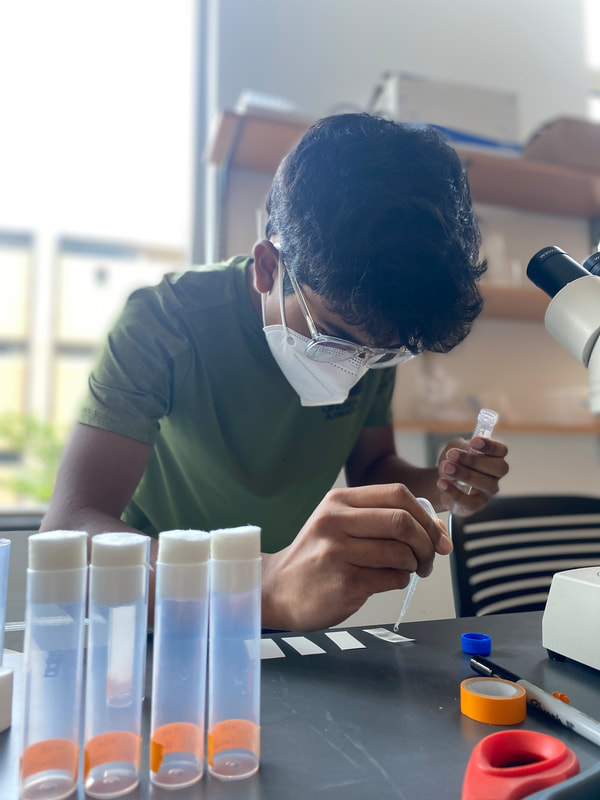


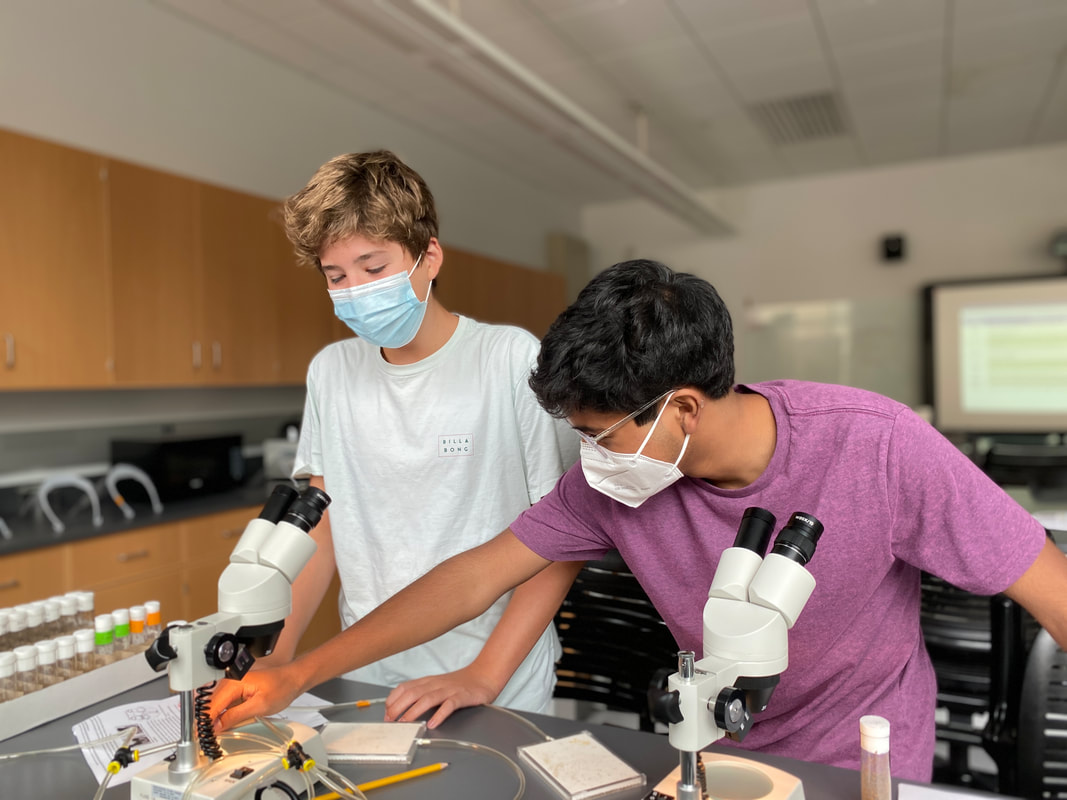

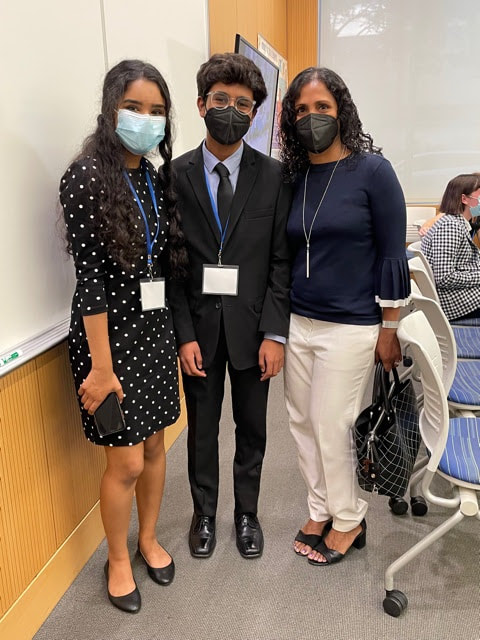
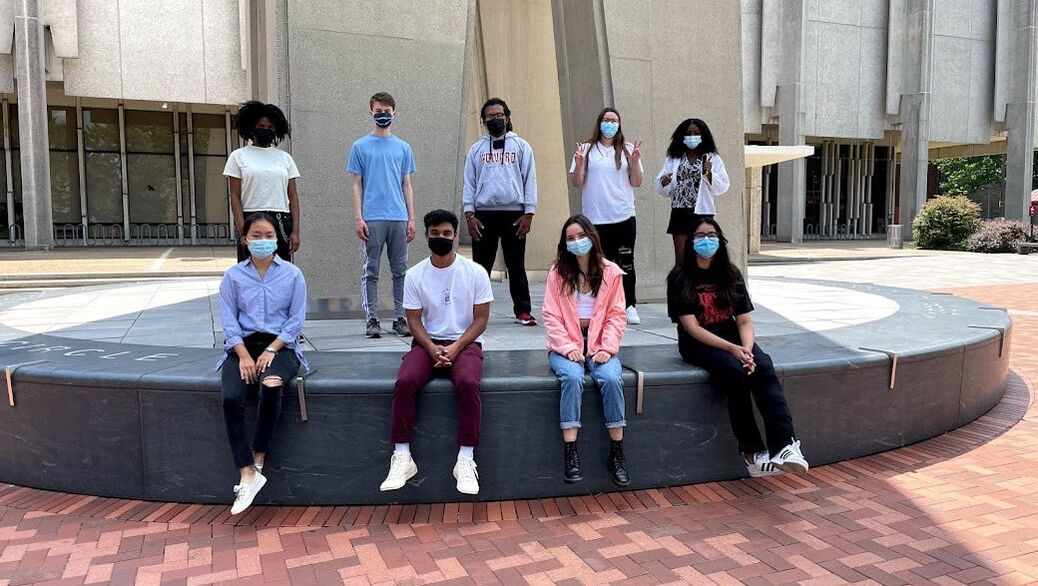
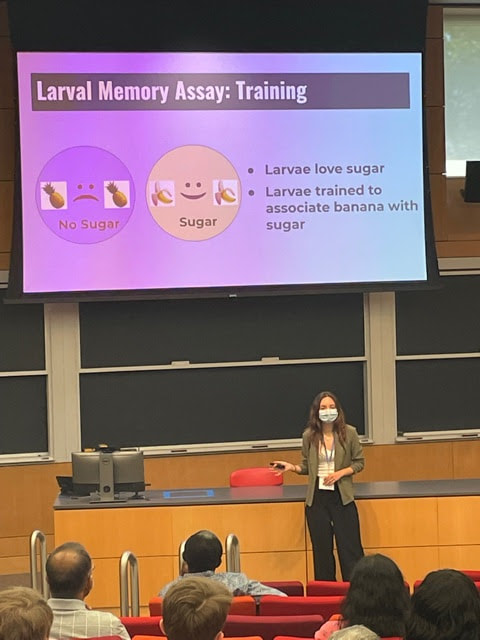






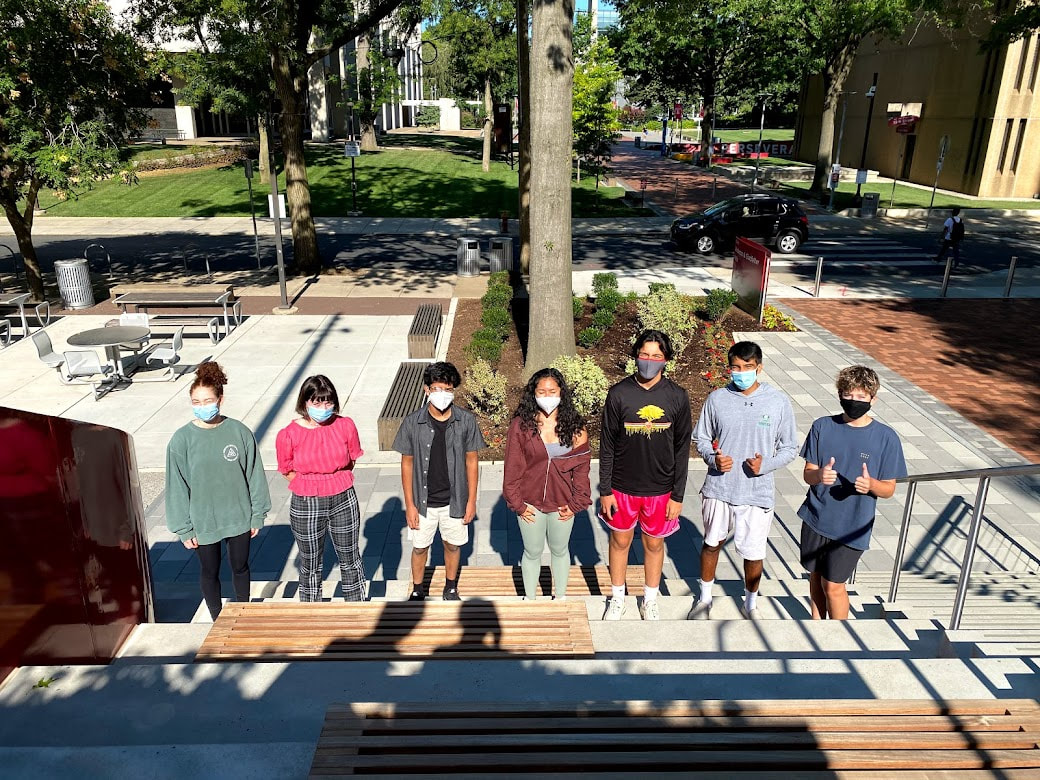




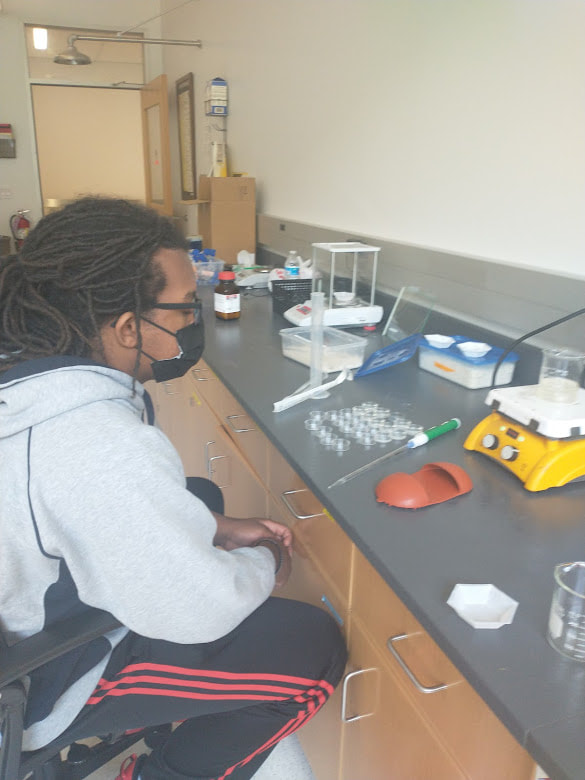

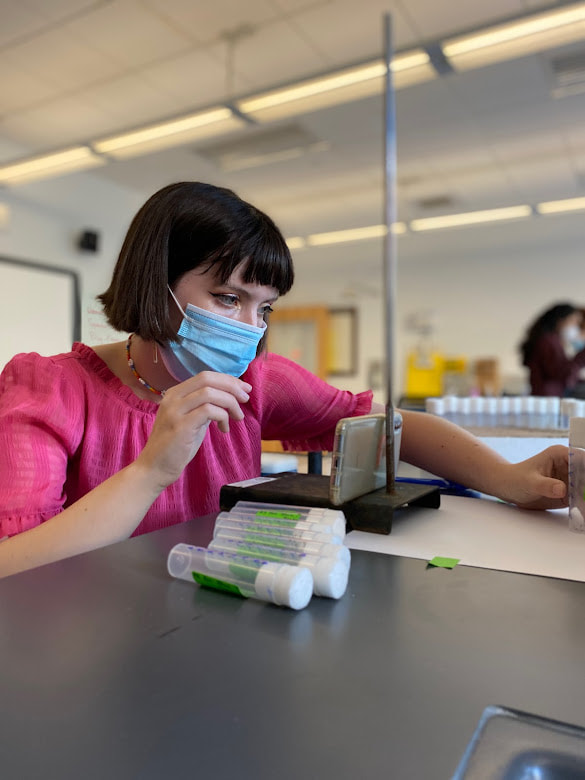
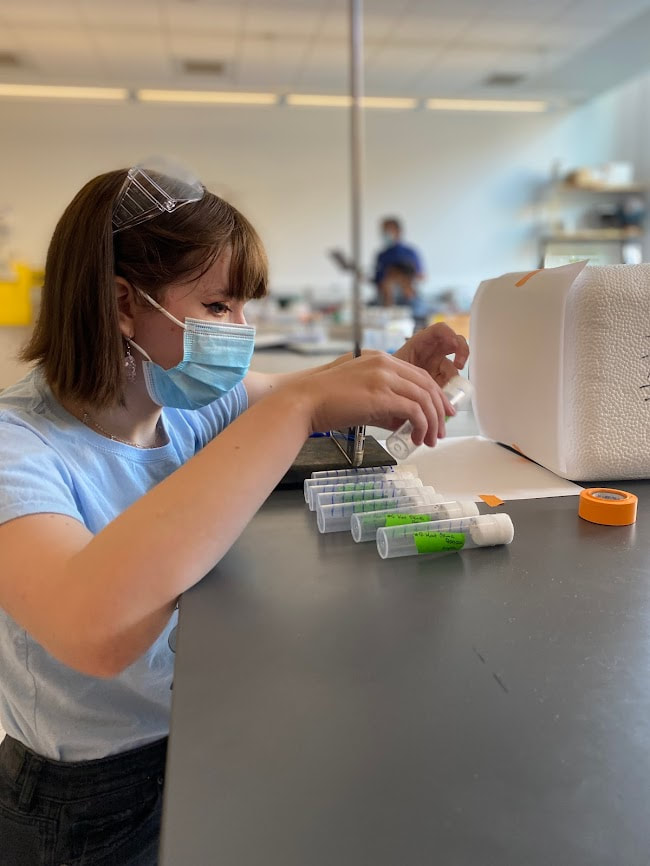


 RSS Feed
RSS Feed